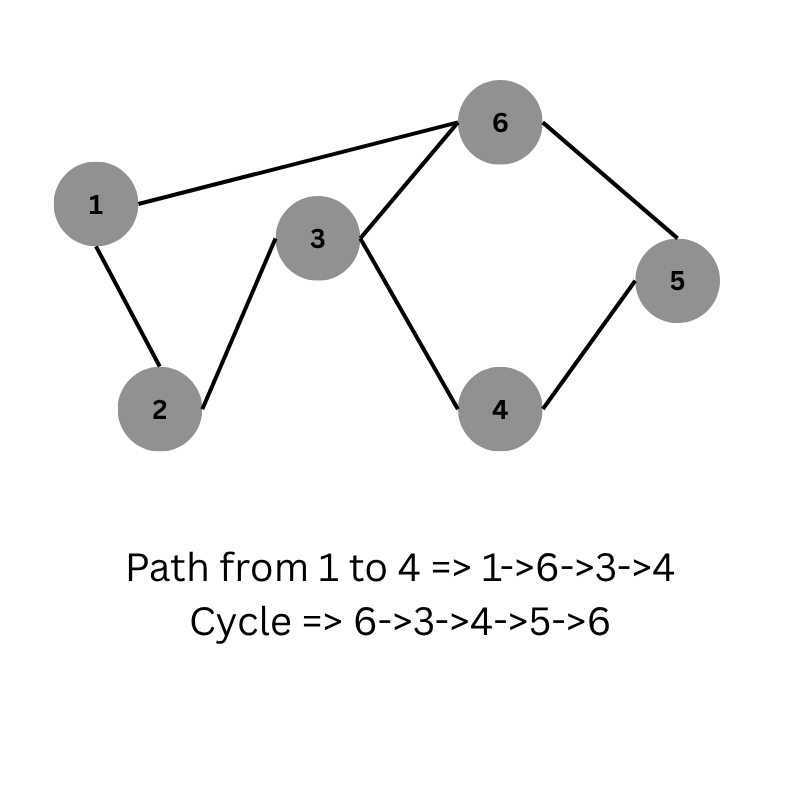Adjacency List
In a graph, every node X is associated with an adjacency list that contains all nodes it is directly connected to (i.e., its neighbors).
For a directed graph, an edge from node u to node v is represented by adding v to the adjacency list of u.
Here's an example:
vector<int> adj[N]; // N is the number of nodes
adj[1].push_back(2); // Edge from 1 to 2
adj[2].push_back(3); // Edge from 2 to 3
adj[2].push_back(4); // Edge from 2 to 4
For undirected graph => adjacency list will be in both directions [i] = {j} and [j] = {i}. For weighted edges, we can use the following:
vector<pair<int, int>> adj[N]; // N is the number of nodes
adj[1].push_back({2,5}); // Edge from 1 to 2 of weight 5
adj[2].push_back({3,6}); // Edge from 2 to 3 of weight 6
adj[2].push_back({4,1}); // Edge from 2 to 4 of weight 1
Edge list
Stores edges in the form of pair of numbers representing nodes. Example:
vector<pair<int, int>> edges;
edges.push_back({2,3}); // edge between 2 and 3 nodes
edges.push_back({3,4}); // edge between 3 and 4 nodes
edges.push_back({4,1}); // edge between 4 and 1 nodes
If the nodes are weighted then we can expand pair to tuple and store weight in the last index. Example:
vector<tuple<int, int, int>> edges;

